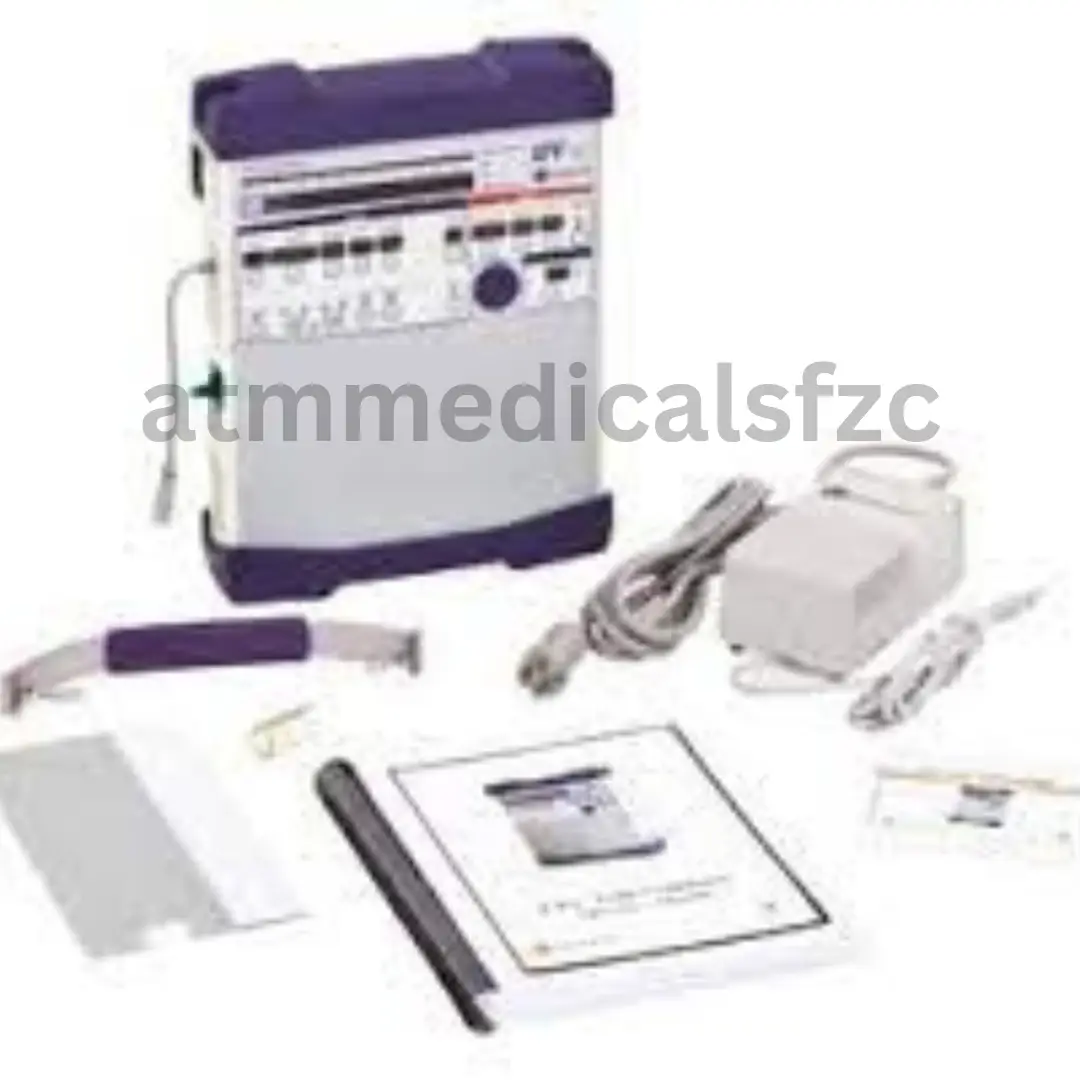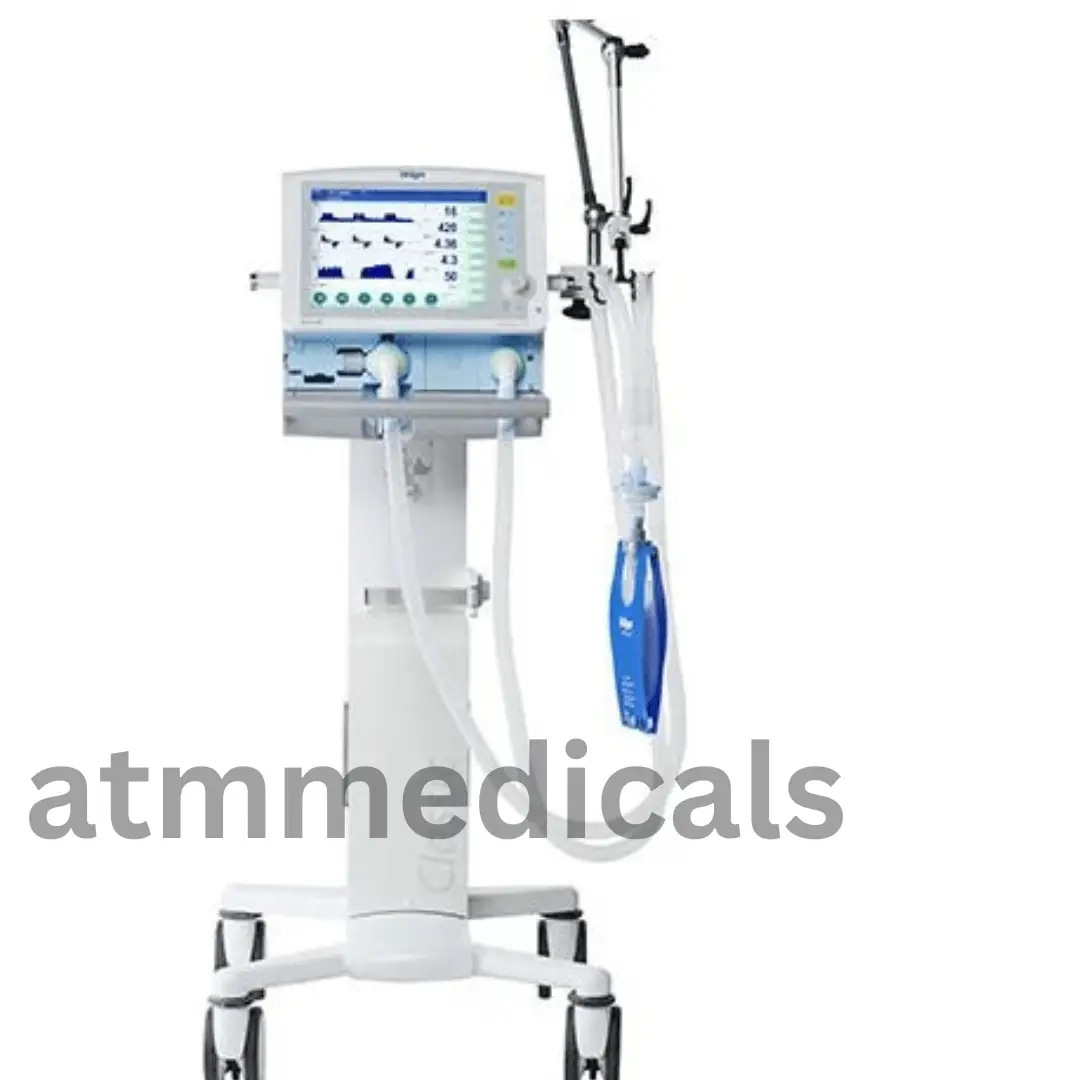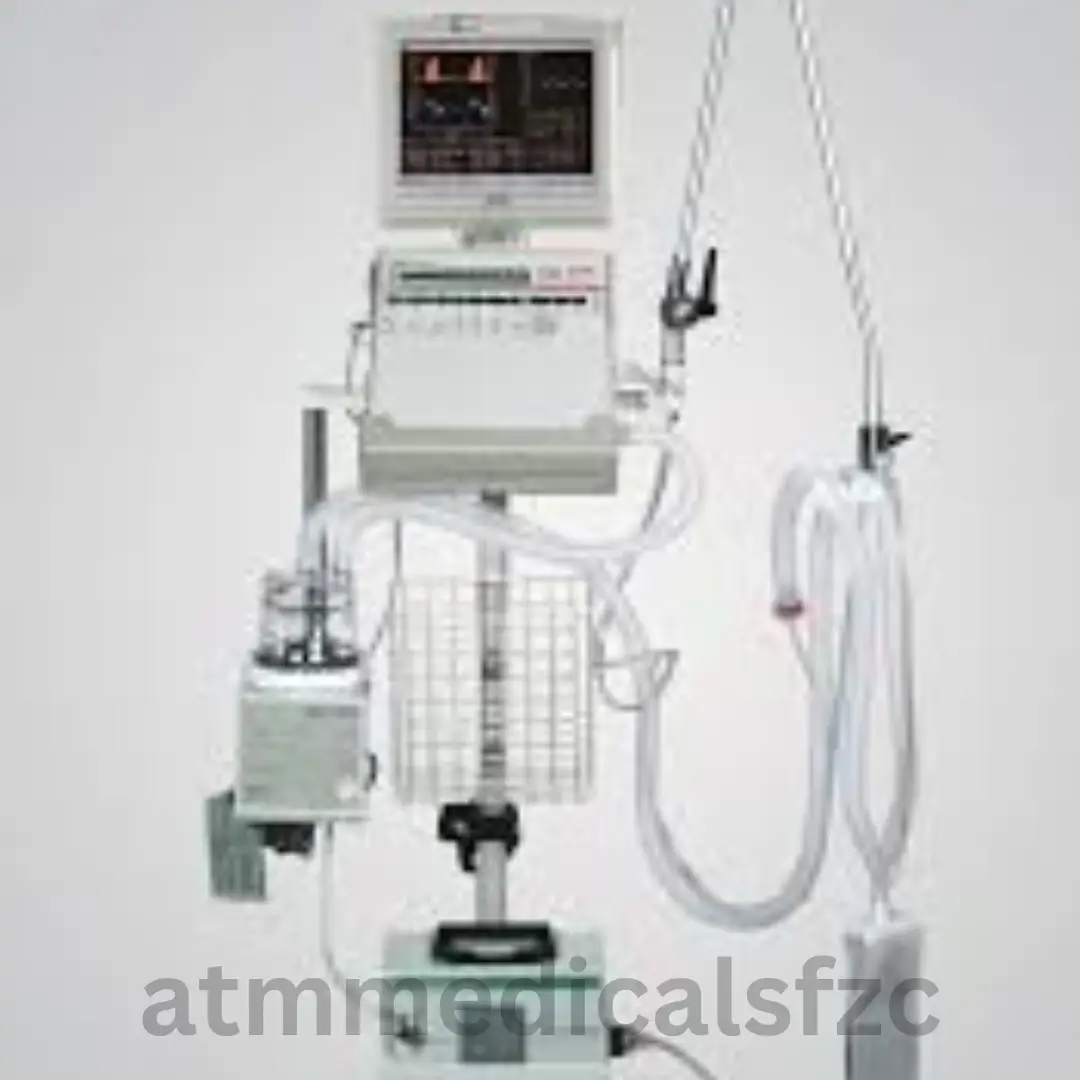Anesthesia workstations, in general, are essential medical devices used to administer anesthesia during surgeries and procedures. They play a crucial role in delivering precise amounts of anesthesia gases and medications to patients while closely monitoring their vital signs.
Here are some general features and components commonly found in modern anesthesia workstations:
- Gas Delivery System: The workstation provides a controlled mix of medical gases, such as oxygen, nitrous oxide, and various volatile anesthetic agents like sevoflurane or desflurane. The delivery system ensures accurate and adjustable flow rates for each gas.
- Vaporizers: These devices help convert liquid anesthetic agents into vapor, allowing for precise control of the anesthetic concentration delivered to the patient.
- Ventilation Modes: Anesthesia workstations offer different ventilation modes to assist or control the patient’s breathing during surgery. Common modes include volume-controlled ventilation, pressure-controlled ventilation, and pressure support ventilation.
- Monitoring and Safety Features: Anesthesia workstations are equipped with various monitors to continuously assess the patient’s vital signs, including heart rate, blood pressure, oxygen saturation (pulse oximetry), end-tidal carbon dioxide (capnography), and anesthetic gas concentrations. Alarms are integrated to alert healthcare providers of any deviations from normal parameters.
- Touchscreen Interface: Many modern anesthesia workstations have intuitive touchscreen interfaces that allow anesthesiologists to manage and adjust parameters easily.
- Integrated Anesthesia Record Keeping: Some workstations have built-in electronic medical record (EMR) systems or data storage capabilities to record and store vital sign information and anesthesia parameters for later review and analysis.
- Scavenging System: To ensure the safe removal of excess anesthetic gases from the operating room, anesthesia workstations are often connected to a scavenging system that vents waste gases outside the operating area.
- Backup Systems: Workstations typically have backup power sources or fail-safe mechanisms to ensure continuous operation and patient safety in case of power interruptions or equipment malfunctions.
It’s important to note that specific features and functionalities may vary between different models and manufacturers of anesthesia workstations. Anesthesiologists and healthcare providers receive specialized training in the safe and effective use of these devices to ensure patient well-being during surgery. If you are interested in more details about the “Anesthesia Astiva 5″ workstation, I recommend consulting the manufacturer’s official website or contacting them directly for the most up-to-date information.






Reviews
There are no reviews yet.